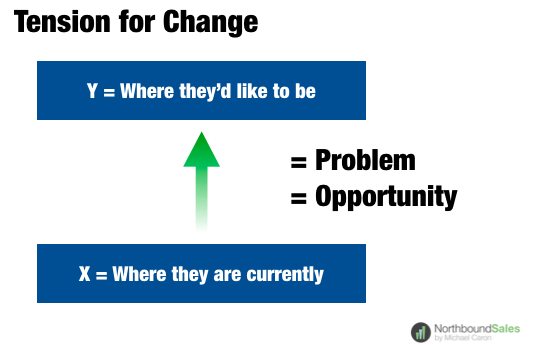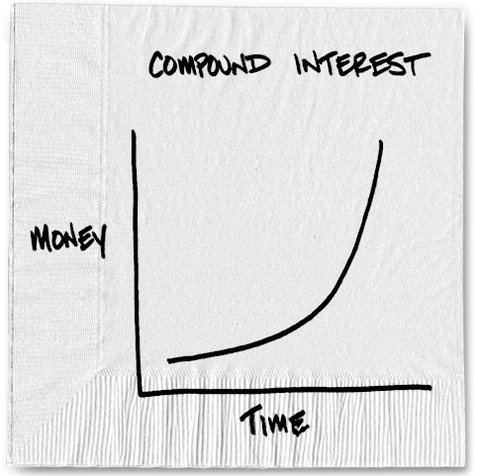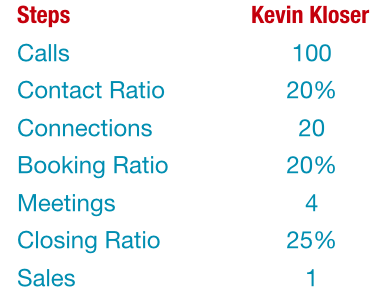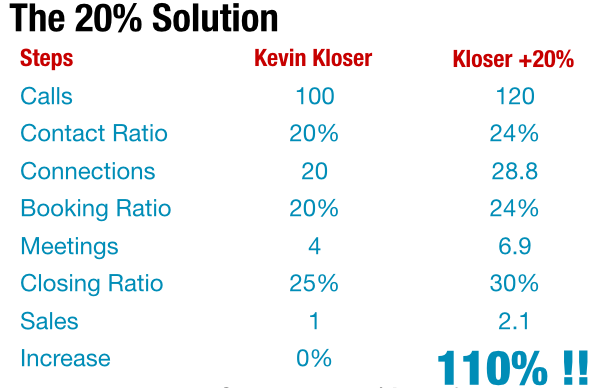Knowing where your time is being used will allow you to spend more time on the sales activities that make you money.
I don’t read many books but at least I try to implement good ideas from the ones I do get around to reading. One of the oldest books on my shelf that is still in my top 10 is “7 Habits of Highly Effective People” by Stephen Covey. The chapter on time management speaks of all activities in you life fitting into one of four quadrants. The concept is that there are two variables that can be attached to any activity you engage in.
1) Level of urgency
2) Level of importance.
Plotting one of these against the other produces four quadrants as in the diagram below. Armed with this insight, you’ll be able to make better choices deciding what you’re going to spend your time on and be more effective.
Importance vs. Urgency
Let’s first be sure we understand the difference between urgency and importance as people often confuse them with each other. “Importance” represents the amount of value that this activity brings to you. A good example would be preparing a proposal for a big prospect. On the other hand, “urgency” refers to how quickly it needs to be done. Responding to a complaint from your biggest customer is a good example of an urgent activity. Combining both urgency and importance allow us to place them in quadrants 1 through 4. You’ll see some examples of common activities also noted in the diagram.
You Need to Spend More Time in Quadrant 2
The problem is when we end up spending most of our time reacting to urgent activities, quadrants 1 & 3, the important. The non-urgent activities in quadrant 2 take a back seat — sometimes forever! People who live in the world of urgency often love the thrill of the accompanying adrenaline and cortisol rush but fail to grow. They often find themselves languishing in key areas of their career and life. We’ve all heard the stories of hard driving executives whose health or marriage is failing.
Majoring in the minors
Closer to home, I’ve see countless salespeople who want greater sales success but can’t manage to find the time to attend training sessions or do 1 more hour of prospecting each week. They spend their time on low value, urgent things or even worse, low importance, low urgency activities like social apps or watching Netflix. They “major in the minors.” I know catching up on social and TV can be very entertaining and addictive. If it’s at the expense of building your career, getting healthy or spending time with your kids, however, I’d argue that it’s not the best use of your time.
Why does this happen? Because quadrant 2 activities take planning and discipline to happen. They don’t just appear out of nowhere crying for your attention whereas urgent activities, by definition, do. If you don’t workout today, what’s the big deal? It won’t kill you — at least not today. If you don’t make those 3 extra calls, it’s not going to kill your career — at least not today.
Your Homework Assignment
Set the alarm on your phone or watch to alert you every half hour. When it goes off, write down what you did in the last 30 minutes. Do this for 3 days and then mark beside each item which quadrant it falls into. Add them up in total time. I promise you that you will be shocked when you see how much time you are spending in quadrants 3 & 4. I know you will want to spend more time on quadrant 2 activities. The good news is that after this exercise, it will start to happen as you gain increased awareness and focus of where your time is going.
Effective people are experts in managing their time and have developed a ruthless approach to “time suckers.” Apply this knowledge and you too can be one of these people.
Happy selling.








